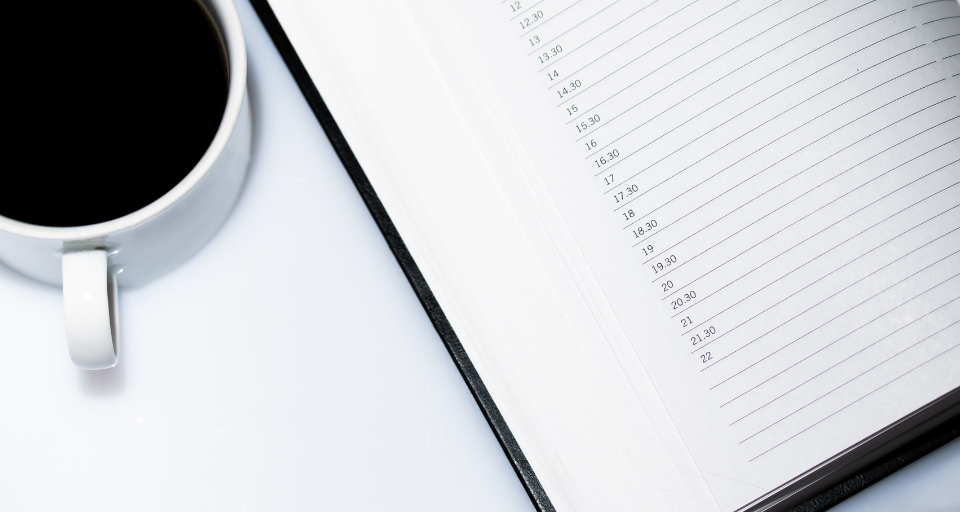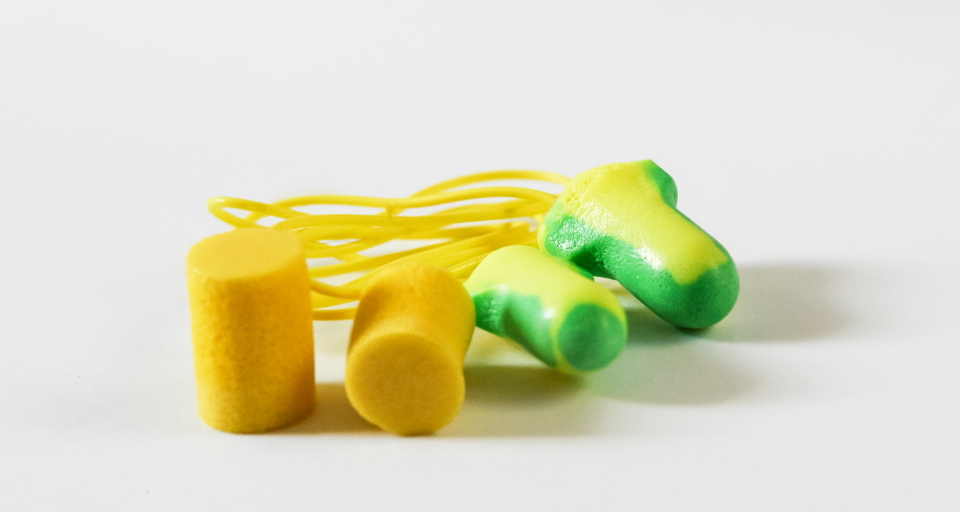The Ultimate Guide to Starting Your Own Dream Journal

Have you ever wanted to journal, but weren’t sure where to start? Or maybe you’ve been journaling for a while, but want to take it up a notch? Dream journals can be a great way to capture and monitor your subconscious thoughts. Dream journals are an excellent tool for self-reflection and personal growth. Not only do they allow you to capture important memories or experiences, but they can also open a door into understanding how your mind works. In this blog post, we will provide the ultimate guide on starting your own dream journal. Get ready to explore the world of creative expression through dream journaling!
What is a dream journal?
A dream journal is a place where you can write down your dreams and track any patterns or themes that emerge. Keeping a dream journal can be a helpful tool for understanding your subconscious mind and gaining insights into your waking life.
There are no hard and fast rules for how to keep a dream journal, but there are a few things that you might want to keep in mind. First, it can be helpful to have a dedicated notebook or section of your journal just for dreams. This will help you to keep track of your dreams over time and see any patterns that emerge.
When writing in your dream journal, be as detailed as possible. Include not only what happened in the dream, but also how you felt and any other thoughts or impressions that you had. If you remember multiple dreams from one night, try to write them down in chronological order.
Date each entry in your dream journal so that you can track when each dream occurred. You may also want to keep track of any significant events that happened in your waking life around the time of the dream (such as starting a new job or going through a major life change). These events can provide context for understanding your dreams.
Why bother starting one?
If you’re anything like me, you love to daydream. You might find yourself daydreaming about what it would be like to win the lottery, go on a luxurious vacation, or finally get that promotion at work. But have you ever stopped to think about what it would be like to make your dreams come true?
Starting a dream journal is the first step to turning your dreams into reality. By writing down your dreams and setting goals, you can begin to manifest your desires and create the life you’ve always wanted.
Not sure where to start? This guide will walk you through everything you need to know about starting your own dream journal, including how to choose the right format, set goals, and get started on achieving your dreams.
What do you need to get started?
To get started with your dream journal, you’ll need a few supplies: a notebook or journals, pens or pencils, and maybe some stickers or other embellishments (if you’re feeling creative). You’ll also need to set aside some time each day to write in your journal.
I like to keep my dream journal on my nightstand so I can write down my dreams as soon as I wake up. But you can keep yours wherever is convenient for you. Just make sure you have easy access to it so you can jot down your dreams as soon as you remember them.
If you’re not used to writing down your dreams, it might take a little bit of practice to get into the habit. But once you get started, it will become second nature. And the more you practice, the better you’ll become at remembering your dreams.
How to record your dreams
If you’re new to dream journaling, it’s best to start simple. All you need is a notebook and a pen. Keep your journal by your bedside so you can write down your dreams as soon as you wake up.
Some people like to set a timer for five minutes and free-write about their dreams, while others prefer to draw symbols or pictures. There are no wrong ways to record your dreams—do whatever feels natural for you.
As you become more comfortable with dream journaling, you may want to explore different techniques for enhancing your recall. One popular method is keeping a dream dictionary by your bedside so you can look up symbols and interpret their meaning.
There are also many online resources available, including forums where you can share your dreams with others and receive feedback. The important thing is to find a method that works for you and stick with it. With regular practice, dream journaling can be a powerful tool for self-discovery and personal growth.
Examples of different types of dream journals
There are many different ways to keep a dream journal, and the best way is the one that works best for you. Below are some examples of different types of dream journals:
-A written journal: This is the most traditional form of dream journal, and involves simply writing down your dreams in a notebook. You can use any format you like, but it may be helpful to date each entry and include some brief details about the dream (e.g., characters, setting, emotions).
-An audio journal: This type of journal involves recording your dreams verbally. You can do this using a voice recorder, your smartphone, or even just by speaking into a tape recorder. Again, it may be helpful to date each entry and include some brief details about the dream.
-A visual journal: This type of journal involves drawing or otherwise visually representing your dreams. You can use any medium you like, from traditional pen and paper to digital art programs. As with the other types of journals, it may be helpful to date each entry and include some brief details about the dream.
How to use your dream journal
There are a few different ways that you can use your dream journal. One way is to keep track of your dreams each night. This can be helpful in understanding any patterns that may emerge in your dreaming. Another way to use your dream journal is to reflect on your dreams and write down any insights or messages that you feel they may be conveying. This can be a powerful tool for personal growth and discovery.
You may also want to experiment with using visualization and affirmations in conjunction with your journaling. For example, before going to bed, you could spend a few minutes visualizing yourself achieving a goal or manifesting a desired outcome. Then, throughout the day, whenever you have a chance, take a look at your journal and read over your affirmations. Doing this regularly can help to bring your goals and desires into sharper focus, making them more likely to manifest in your life.
Dream journal apps
There are many different dream journal apps available for Android, IOS and Huawei devices. Some of the best ones include:
- DREAMVLOGGER: This app allows you to record, track and share your dreams. You can also set reminders to help you remember to log your dreams.
- MY DREAM JOURNAL: This app lets you keep a private journal of your dreams and track patterns and themes. You can also set alarms to remind you to log your dreams.
- DREAMZONE: This app features a dream dictionary, dream sharing community and tools to help you interpret your dreams. You can also keep a private journal of your dreams.
No matter which app you choose, keeping a dream journal can be a great way to learn more about yourself and your subconscious mind.
A dream journal is an excellent way to unlock creativity, enhance self-reflection and even gain insight into our subconscious. We hope that this guide has given you the confidence and tips to start your own dream journal. As with any creative process, there are no hard and fast rules to follow – just use whatever works for you. So don’t be afraid to experiment and make your dream journal unique!
Warning: this article does not constitute medical advice. The article contains the author’s personal opinion and personal conclusions and observations. If you have problems with sleep or are interested in other issues related to it, it is better to consult your doctor.









